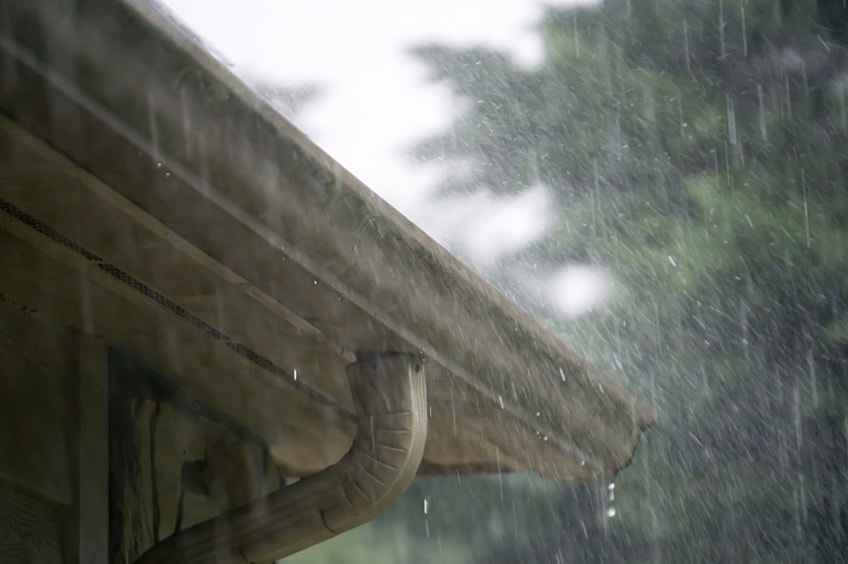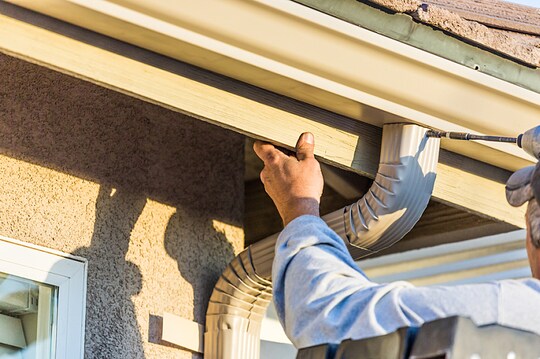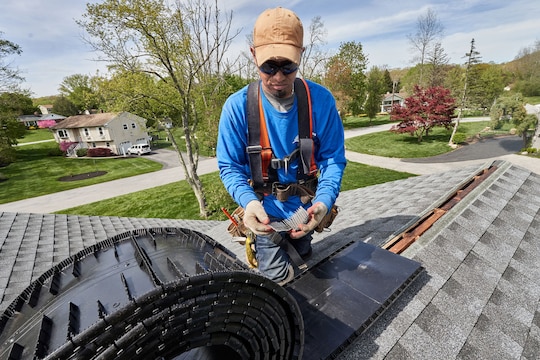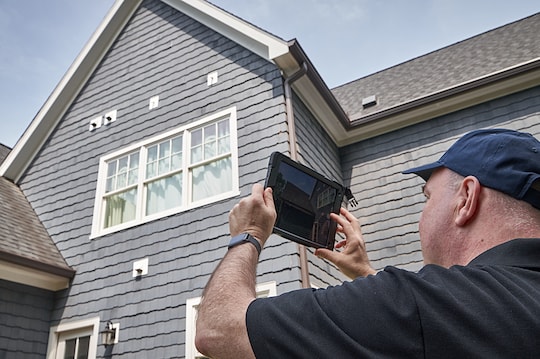
Your roofing system is made up of protective layers, designed with the latest technological advances to shield your home from ice and water- keeping your roof deck dry and safe. One of these layers is called a leak barrier, which is often referred to as ice and water shield. Located below the shingles, it's crucial to your roof system's defense against moisture.
Peel and stick leak barrier can give your roof the upper hand against wind-driven rain and ice. By blocking ice and water from creeping past shingles, leak barriers help keep your roof deck dry and can help prevent costly moisture damage. They can also help protect against leaks caused by roof settling.
Roof shingles play an important role in protecting your home. However, they can't do it alone—as shingles continually withstand the elements, water can find its way into vulnerable areas of the roof such as valleys, eaves, flashings or penetrations. Leak Barriers are a powerful preventative defense for keeping roof decking dry. Some of the problems it can help prevent include:
- Moisture stains. Over time, unchecked leaks can make their way into your ceiling and walls due to seepage. This damages insulation, stains walls, and leads to water damage.
- Potential mold growth. If attic or wall insulation begins to retain water after roof leaks, this moisture can harbor mold. Mold may also be the long-term result of wet decking. Unaddressed, mold quickly becomes a serious health hazard and sizable cost concern.
- Higher utility bills. Leaks hurt your insulation's ability to resist heat flow—otherwise known as its r-value. A lower r-value can result in higher heating and cooling bills.
- Roof System Degradation. Long-term leaks can cause roof decking to de-laminate or rot. Over time, degraded roof decking can put your entire roofing system at risk, potentially requiring a roof replacement or major repair.
Every roof has vulnerable points: In particular, the joints at valleys, eaves and rakes, and around skylights and chimneys are notoriously susceptible to leaks. But you can add protection so that moisture doesn't have a chance to sneak down to your roof deck. Adding leak barriers is like giving your roof body armor—it will help to withstand wind-driven rain, the damaging impact of ice dams, and backup from gutters. Your best strategy to protect these critical roof locations is to install leak barriers before installing flashing.
Fortunately, installation is straightforward. Peel-and-stick options like the StormGuard® Film-Surfaced Leak Barrier or the WeatherWatch® Mineral-Surfaced Leak Barrier roll directly onto your dry roof deck.
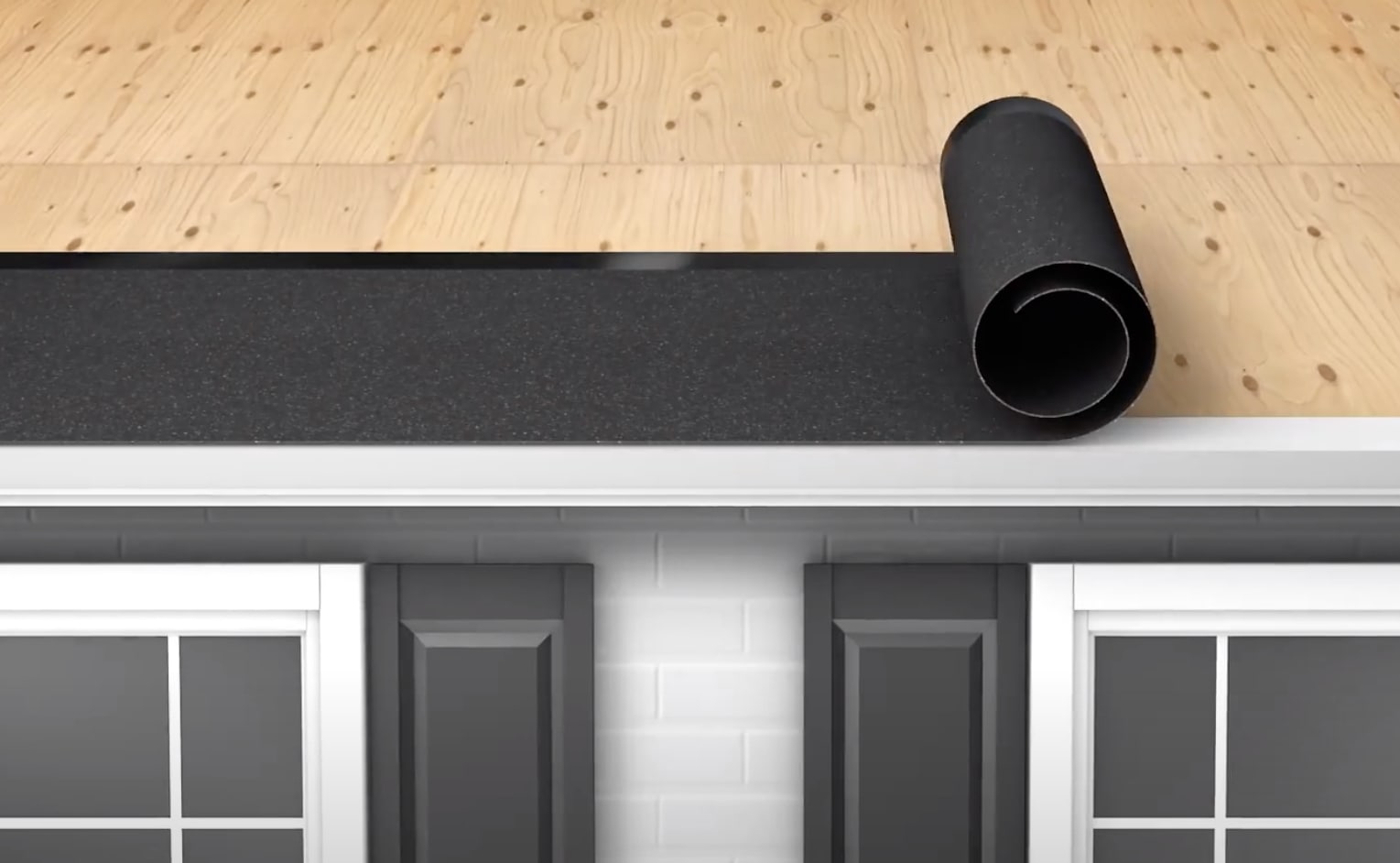
Leak barriers, or ice and water shields, are self-sealing underalyments. This means that in addition to offering easy, roll-on installation, the protective underlayment seals down tight around nails to keep intrusive water at bay.
Investing in the right roofing system is one of the biggest decisions for homeowners. Think of a leak barrier as added insurance for your investment. Whether you choose a film-surfaced leak barrier or a mineral-surfaced leak barrier, you'll get peace of mind and added roof protection. Plus, by installing not only shingles, but a full roofing system, you may be eligible for enhanced warranty coverage on your entire system. For example, when you install GAF Lifetime* shingles and at least 3 qualifying accessory products, including a leak barrier, you automatically receive the GAF Roofing System Limited Warranty, which offers Lifetime* warranty coverage on your qualifying accessory products as well.
Leak Barriers shield your roof, home, and family from the harmful effects of wet weather. Ready to get started protecting your home? Contact a local contractor certified by GAF** to get started.
*The word "Lifetime" refers to the length of coverage provided by the GAF Shingle & Accessory Ltd. Warranty or the GAF Roofing System Limited Warranty, and means as long as the original individual owner(s) of a single-family detached residence [or the second owner(s) in certain circumstances] owns the property where the shingles and accessories are installed. For owners/structures not meeting the above criteria, Lifetime coverage is not applicable. Lifetime ltd. warranty on accessories requires the use of at least three qualifying GAF accessories and the use of Lifetime Shingles.
**Contractors enrolled in GAF certification programs are not employees or agents of GAF, and GAF does not control or otherwise supervise these independent businesses. Contractors may have agreed that they will use GAF roofing products, and may receive benefits, such as loyalty rewards points and discounts on marketing tools from GAF for participating in the program.
